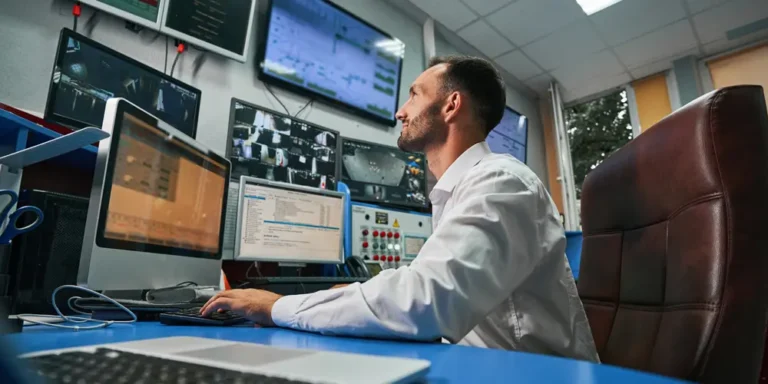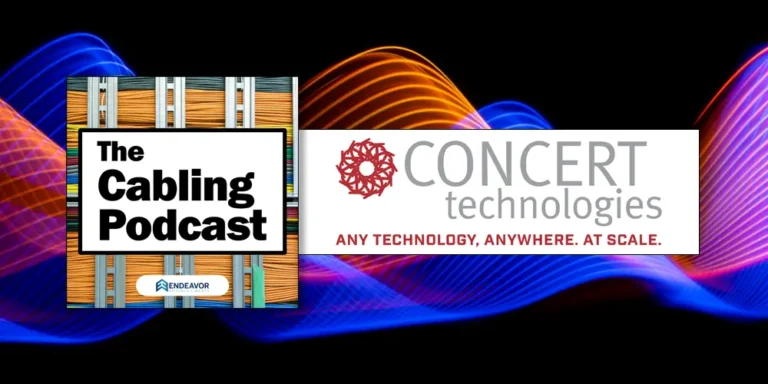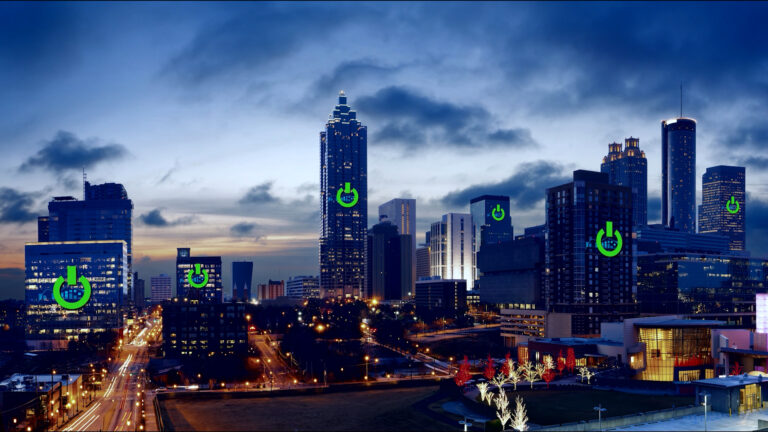At face value, it can be tough to tell one technology rollout company from another. This is because they all use a sales pitch that offers the same 3 things:
- A single point of contact
- Field resources covering virtually any location
- A Web-based software application to track and manage projects
So, if that’s true, how can you figure out if you are working with a technology rollout partner that shares your commitment to consistently high-quality work with a great customer experience, or one that is really just a team of over-glorified dispatchers (who pretend they are Project Managers), with a poorly designed and supported Web-based application – from which they select unvetted rent-a-techs to act as field resources?
We give you the questions to ask that help you understand whether your current technology rollout company is a hero, or a zero.
So What is the Right Sort of Rollout Company?
For many customers “the proof of the pudding is in the eating” and far too often, the eating gives you really bad indigestion. Quality issues, schedule slippages, upsetting on-site experiences, continual site revisits, and cost overruns are all symptoms that you are working with a “low-rent” rollout company, who provides no value-add to the rollout process.
To meet aggressive project schedules without compromising on quality, or breaking the bank on cost – all while deploying in volume – takes a “next generation” technology rollout company (NG-TRC) with a proven technology rollout system (TRS). This TRS must be based in proven best-practice and explicitly designed to meet the challenges of affordably delivering quality and consistency at high volumes.
At the core of the TRS is a strong project management team; they have the expertise and skill what enable the NG-TRC to drive volume without compromising quality. This approach stands in stark contrast with the one used by low-rent rollout companies, where the Web-based application really is “the system” they sell. This is because they do not provide (and do not have) project management capabilities.
The Details Are Really Important
A best-practice TRS can be defined as a comprehensive, multi-technology, multi-service, multi-site system, designed to meet varying project requirements for an ever-changing technology infrastructure. Below we break down the four parts of a TRS.
- 1. Process Structure
- 2. Rollout Services Model
- 3. Internal Resources
- 4. Partnerships
1. Process Structure
Rapid deployment of complex rollouts requires a Process Structure that is grounded in real-world experience in how to get the job done. There are several different Process Structures that can be used (see diagrams), click here for a video that explains their advantages and disadvantages.
The Process Structure that is shown to deliver the best results is the Centralized Single-Tier model. If the TRC you work with uses a different model to this, you should question their approach in terms of its scalability and efficacy.
Questions to Ask: “How do you manage your field resources, and why do you use this model?”
2. Rollout Services Model
Traditional service models are based on specific technology and equipment services. To maximize efficiency and speed of large-scale rollouts, technology rollout companies should use a proven Rollout Services Model (RSM) that is technology independent and universally adaptable.
Click here for a video that explains the RSM.
The RSM includes the planning, management, and implementation of all necessary rollout activities and processes. This approach also allows for the use of one model with a single set of processes for the entire project, as well as across different projects. A best-practice RSM “normalizes” the rollout process so that 80-85% of every project is. This makes it easy for the TRC to scale their resources to address large volumes – within a given rollout, as well as across project workload as a whole.
Question to Ask: “How much of your rollout model is common across projects?”
3. Internal Resources
The Internal Resources team includes internal operations, network infrastructure, software application, training, and company culture. To manage effectively, the Internal Resources of the TRC must be able to work hand-in-hand with its field partners.
Click here for a video that explains Internal Resources.
A complete set of internal resources provides customers with communications redundancy throughout the rollout cycle, as well as giving the TRC the capacity to maintain project timeline and cost estimates when additional project workload arises.
Questions to Ask: “How do break down project work performed by your project teams and how do you handle communication?”
4. Partnerships
To ensure that every site is serviced in a timely and efficient manner, the TRS must partner with multiple local providers to build a network of nationwide and global geographic resource coverage. These Partnerships are key to consistently deploying high quality multi-technology, multi-service, multi-site field rollouts. Partnership management uses the Process Structure collaboration tools in place. With the Centralized Single-Tier Process Structure, all local field force management is handled by the technology rollout company.
Having multiple vetted partners per location ensures scalability of resource when needed, and allows the TRC to match the requirements of the specific job to technician skill-set, minimizing the number of technicians required to deliver the job and simplifying project communication and cost management.
Questions to Ask: Can you supply details of one customer, where you have been performing work for at least 10 years, that has helped you develop your local resources? What is the number of sites and geographical coverage area for this customer?
Putting it All Together
Any piece of music is only as good as the musicians playing it. Large-scale pieces typically require an orchestra to fully realize the composers’ vision. In this case, the role of the conductor is critical, as they are charged with ensuring that all the musicians keep time and play together in harmony.
The same is true of a TRS and the company that employs it. Without the experience that comes from successfully completing thousands of nationwide and global rollout projects, the NG-TRC will not have the ability to build or exploit the capabilities of the TRS for their customer.
In the same way that the very best orchestra conductors are conferred with the title “Maestro”, you should seek the exact same qualities when you search for a NG-TRC.




